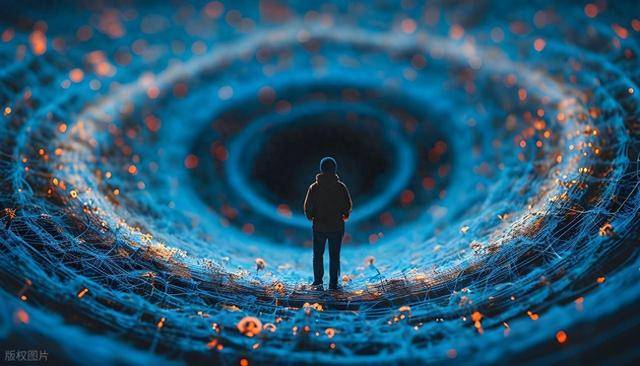Achieving results that make it to top journals like Science is never simple. This time, how did Google DeepMind leverage AI to upgrade gravitational wave detection, and what key breakthroughs are hidden within? It is important to note that the previous LIGO detections were often hindered by low-frequency noise, but with the intervention of AI, the observation range has been widened by 70%, breaking through the limitations of quantum noise.
The DeepLoopShaping technology developed in collaboration between Google DeepMind and the LIGO team has significantly expanded the range of gravitational wave detection and has even been featured in Science. While this appears to be a major breakthrough, upon deeper reflection, one might wonder: no matter how powerful AI is, does it not still rely on the hardware of LIGO? If the hardware itself has limitations, how much can AI optimization really help?
From a hardware perspective, the precision of the LIGO detector is indeed fundamental. It’s like a top chef who cannot make a great dish without fresh, high-quality ingredients. However, from another angle, the potential of hardware often needs software or technology to be fully realized.
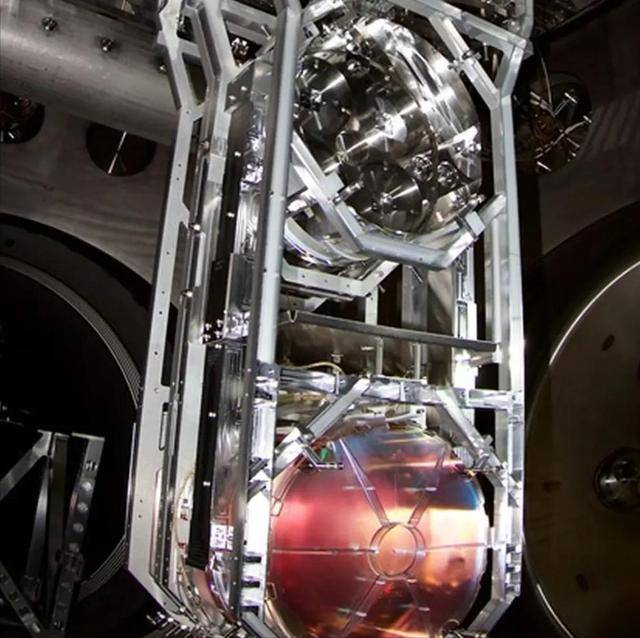
For example, in mobile phone cameras, fixed hardware parameters can be significantly improved by good algorithms. The DeepLoopShaping technology operates in a similar manner; it does not change the core structure of LIGO hardware, but optimizes the feedback control system and employs intelligent noise reduction to fully unleash the hardware’s potential.
Previously, traditional methods encountered bottlenecks in low-frequency bands, where the hardware had the potential for further detection but was constrained by noise issues. AI has precisely solved this pain point, allowing the hardware to detect weaker gravitational wave signals. Therefore, it is incorrect to say that AI’s reliance on hardware renders it useless; the two complement and enhance each other.
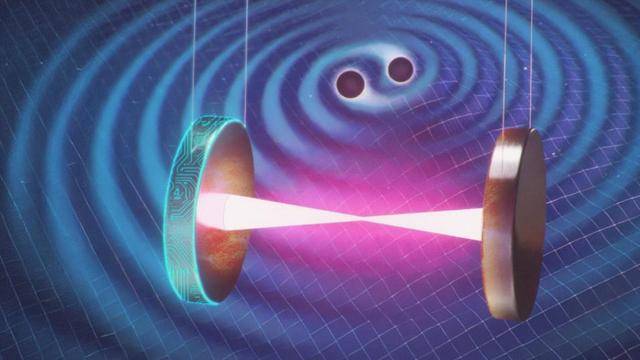
It cannot be denied that DeepLoopShaping technology involves reinforcement learning, recurrent neural networks, and the construction of a digital twin model for the LIGO detector, which indeed requires interdisciplinary knowledge and strong technical capability, making it difficult for an average team to master.
However, from another perspective, the development of science and technology often starts with breakthroughs from top teams, which are then gradually disseminated. Just as in the early days of the internet, when only a few tech companies held core technologies, these gradually spread to various fields.
This recent technological breakthrough being featured in Science will make more researchers aware of the potential of AI in gravitational wave detection, potentially attracting more teams to invest in related research. Moreover, as AI technology continues to evolve, the associated tools and platforms will become increasingly refined, and the threshold for mastering such technologies may lower in the future.
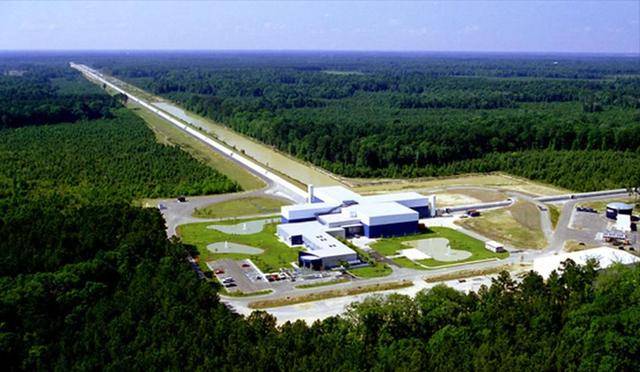
This technological breakthrough also provides a reference for the intelligent upgrades of other large scientific installations. Even if there are difficulties in promoting this technology in the field of gravitational wave detection in the short term, the ideas and methods can inspire research in other fields. Thus, from a long-term perspective, its contribution to the entire scientific field is considerable, and one should not dismiss its value merely due to short-term promotion difficulties.
Some may wonder: since LIGO has already made significant breakthroughs in detecting gravitational waves, does this just expand the observation range and reduce noise, and is it not a particularly significant breakthrough, merely a small improvement on existing foundations?
On the surface, this indeed appears to be an optimization based on LIGO’s existing results, rather than achieving a breakthrough from 0 to 1 like the first detection of gravitational waves. However, in the essence of scientific research, many significant scientific discoveries and advancements are accumulated through step-by-step small improvements.
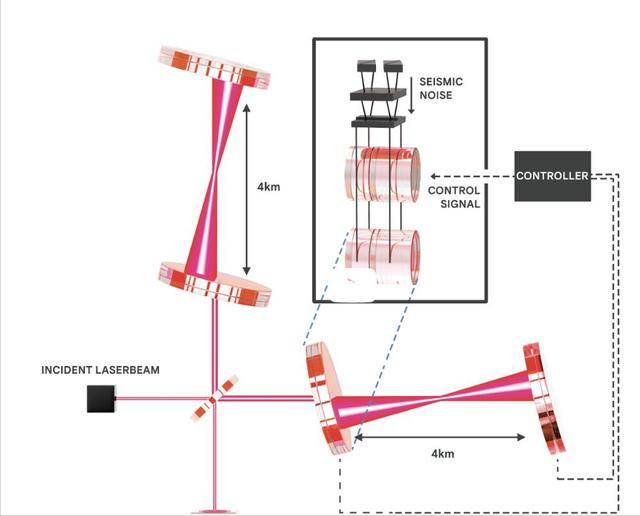
The first detection of gravitational waves proved their existence and opened the door to gravitational wave astronomy, while this recent technological breakthrough builds upon that foundation, allowing humanity to see further and more clearly.
Expanding the observation range by 70% means that more gravitational wave events can be detected, such as the previously unseen mergers of intermediate-mass black holes and the long-term orbiting processes of binary black holes. These new observational data can help scientists gain deeper insights into the evolution of compact objects in the universe, the nature of spacetime, and even potentially discover previously unforeseen cosmic phenomena.
Furthermore, this technological breakthrough has also surpassed the previously set design goals inspired by quantum limits, achieving a control noise level below quantum noise in low-frequency bands. This represents an important leap on both theoretical and technical levels, laying the groundwork for more in-depth future research. Therefore, one should not underestimate its significance merely because it is an improvement; its implications for human exploration of the universe are equally significant.
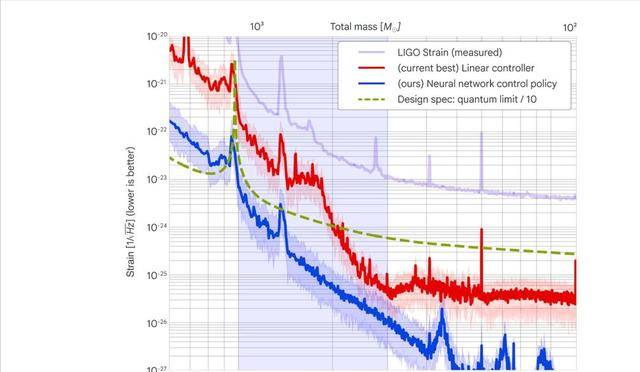
By analyzing these doubts and opposing views, we can gain a more comprehensive and in-depth understanding of the value of DeepLoopShaping technology. It is not flawless, and there are indeed points that may be questioned, but these do not negate its significant importance in the field of gravitational wave detection and in the broader realm of fundamental scientific research.
It embodies the tremendous potential of the combination of AI and traditional scientific research and provides new ideas and directions for future scientific inquiry, pushing humanity forward on the solid path of exploring the universe.返回搜狐,查看更多

